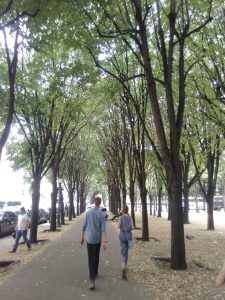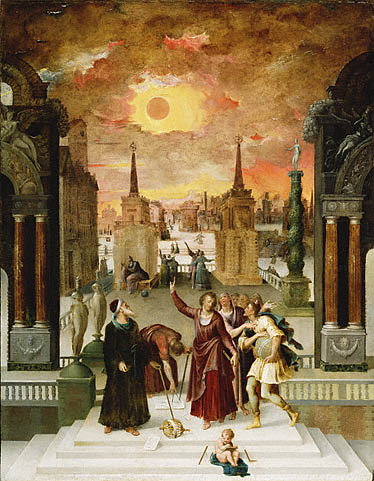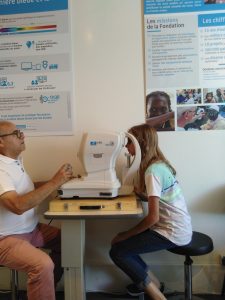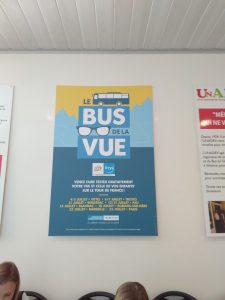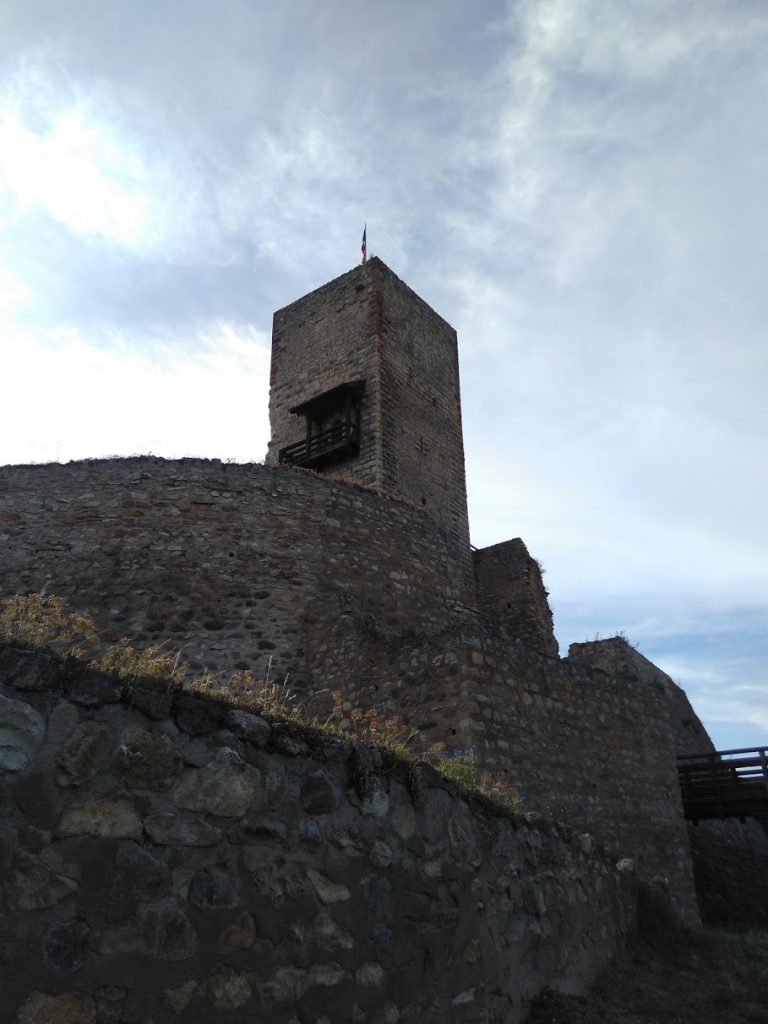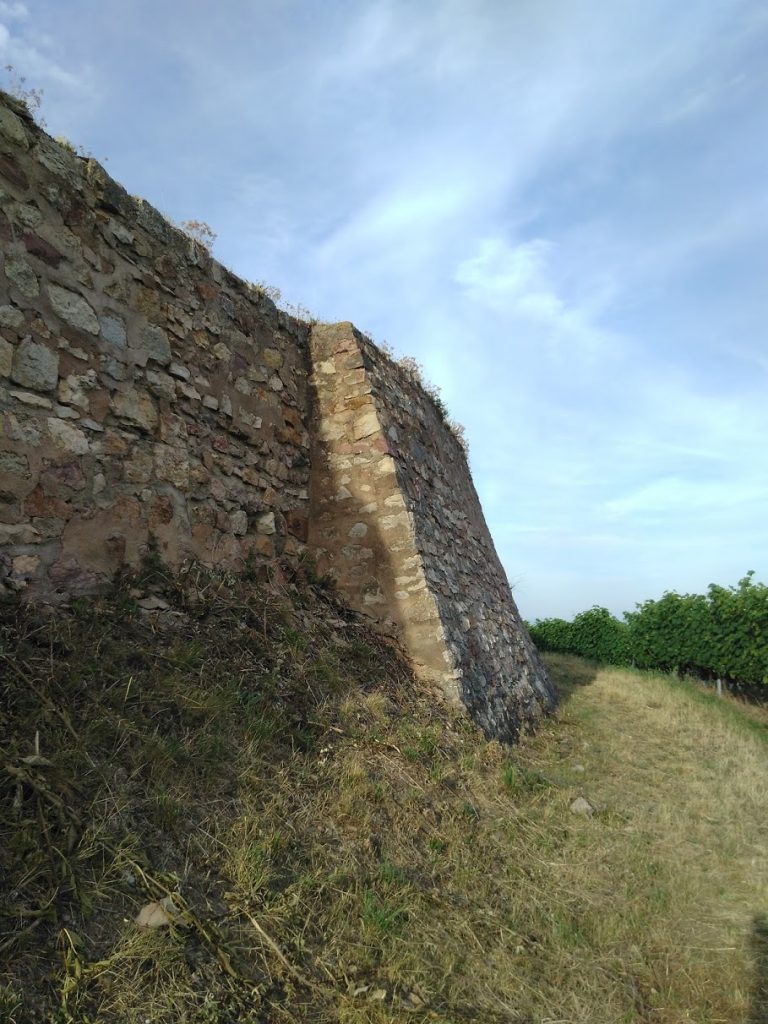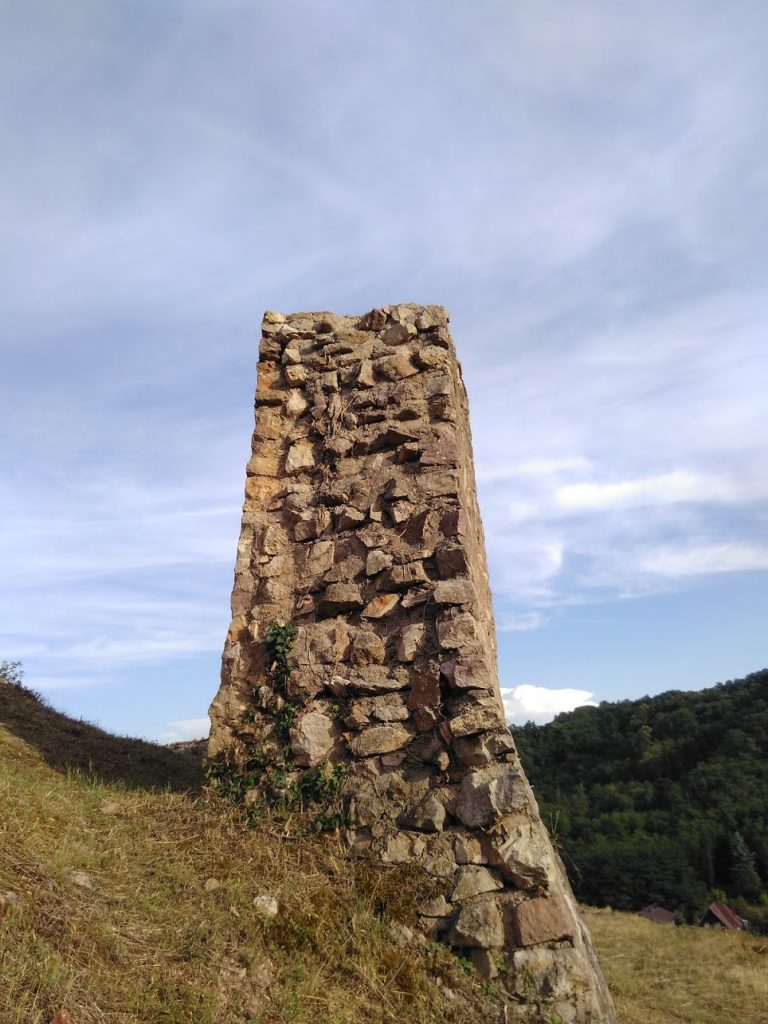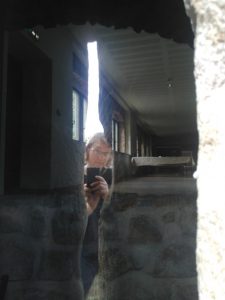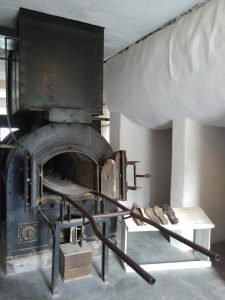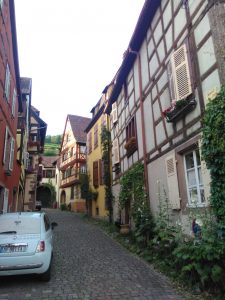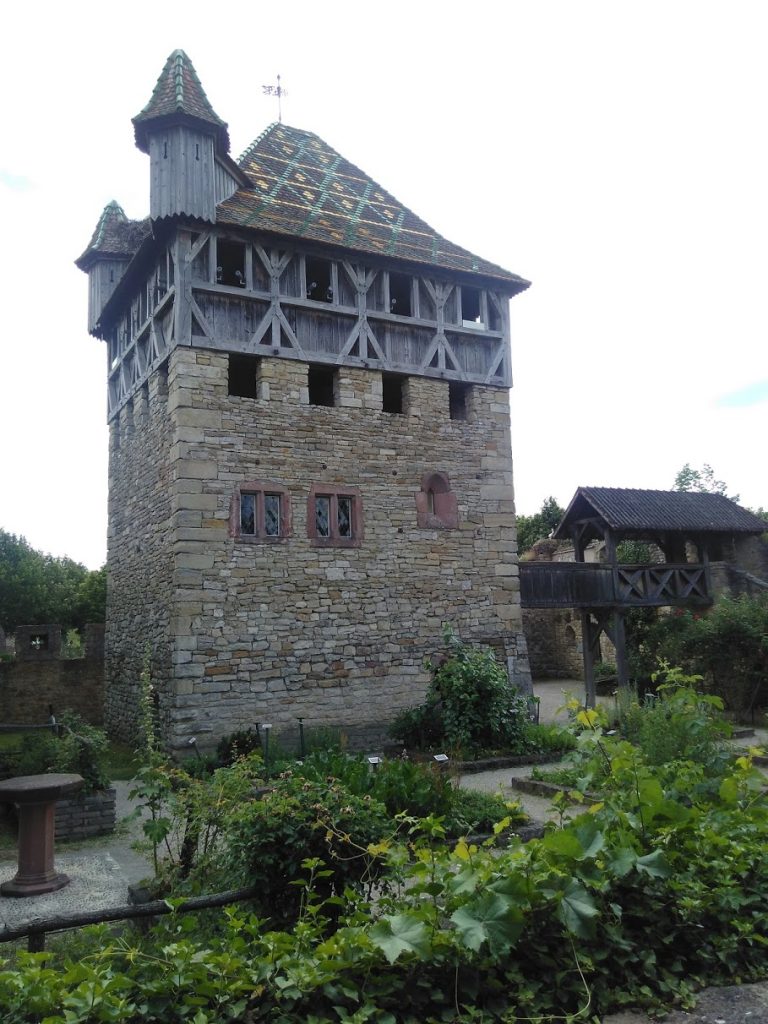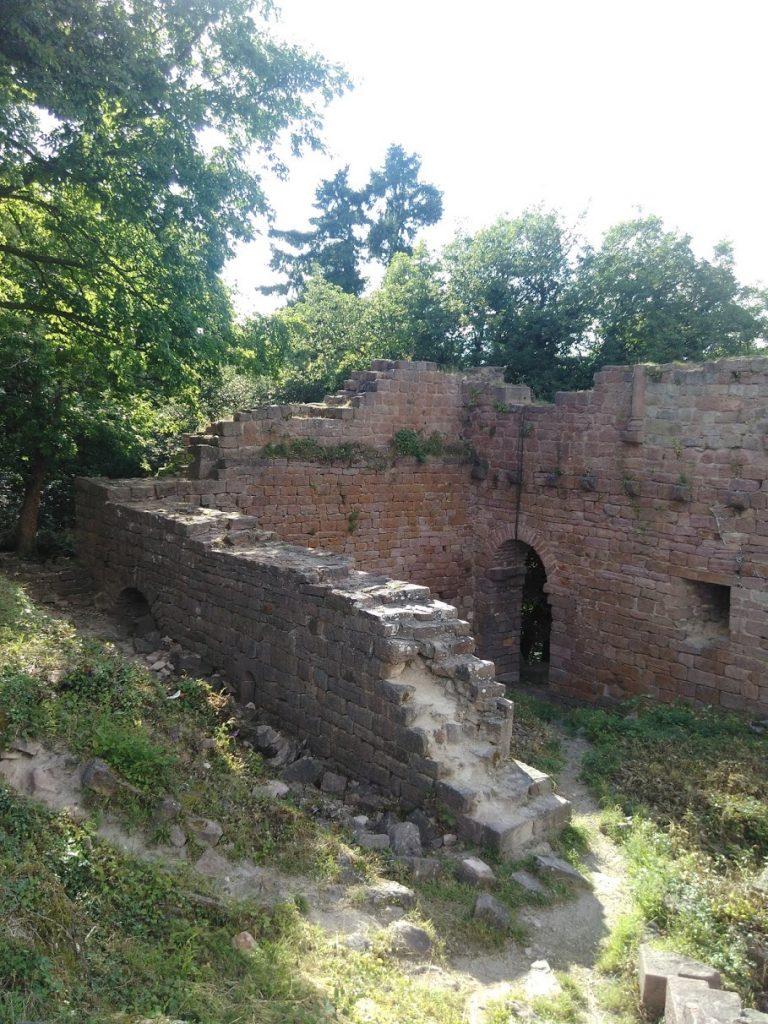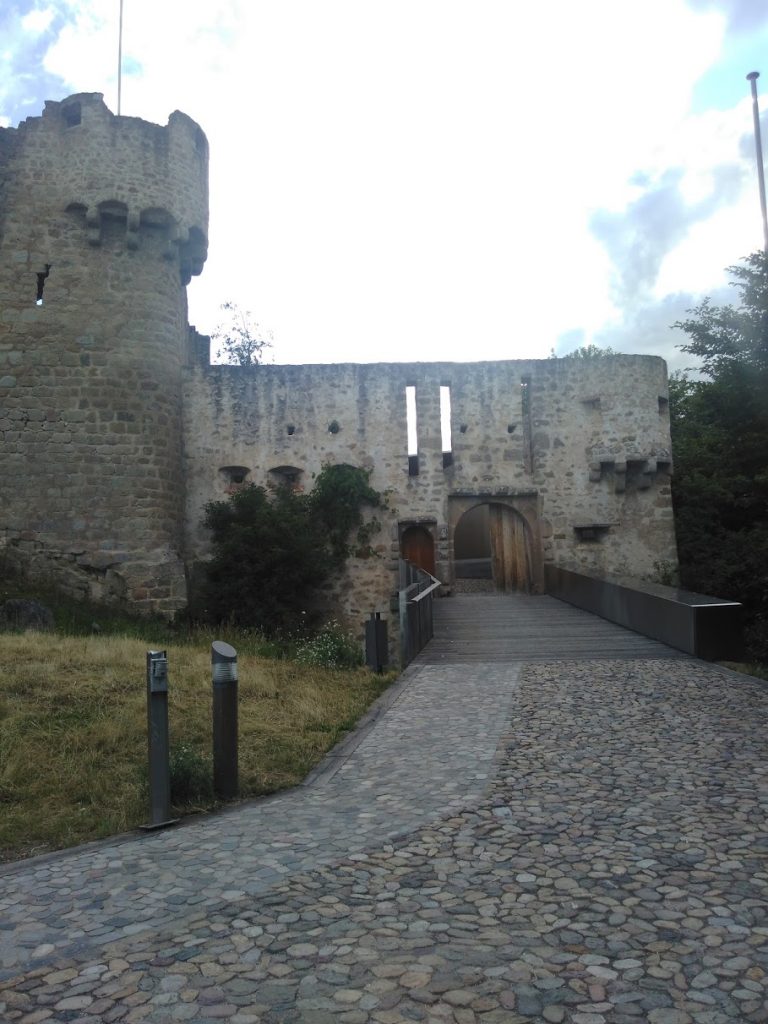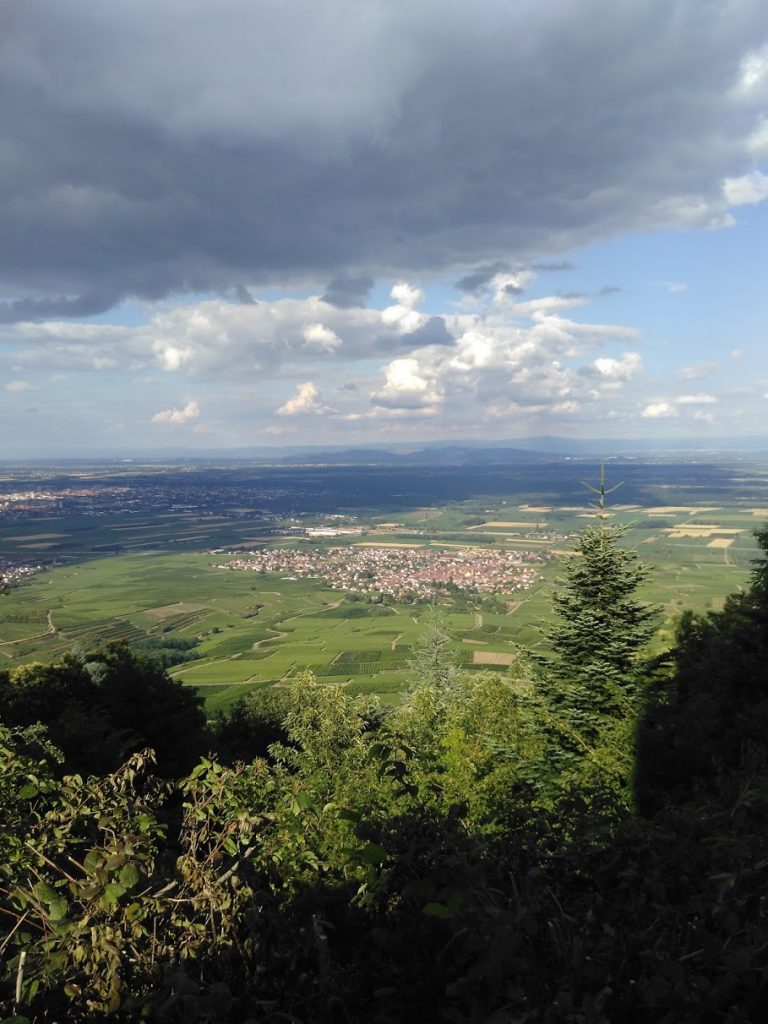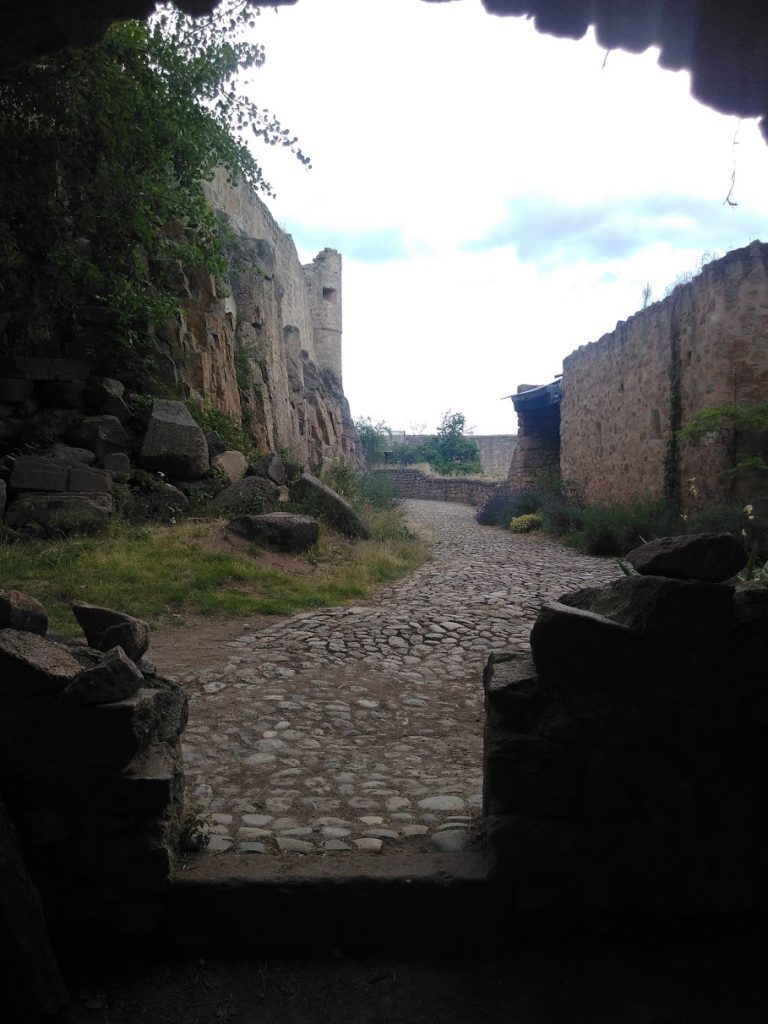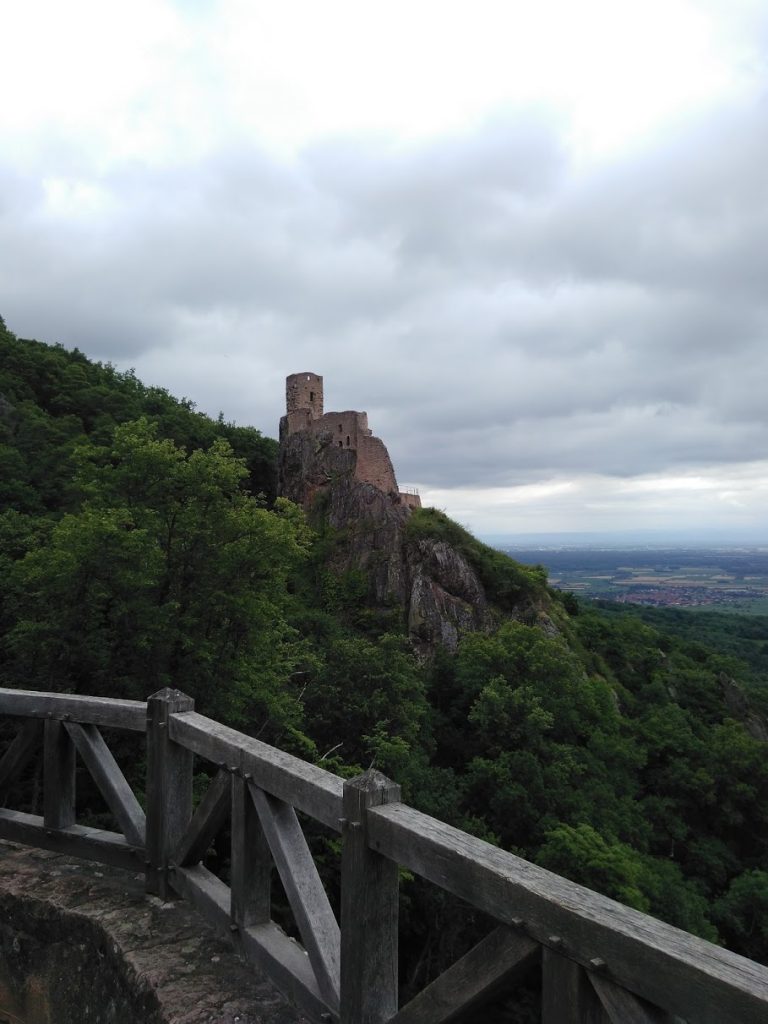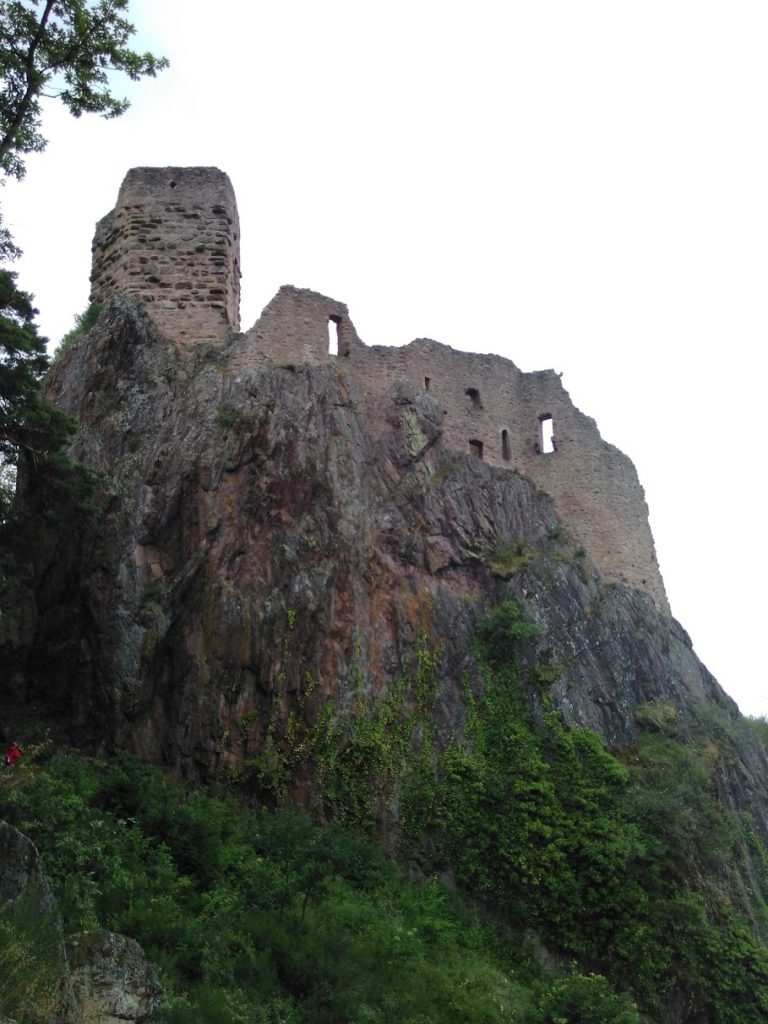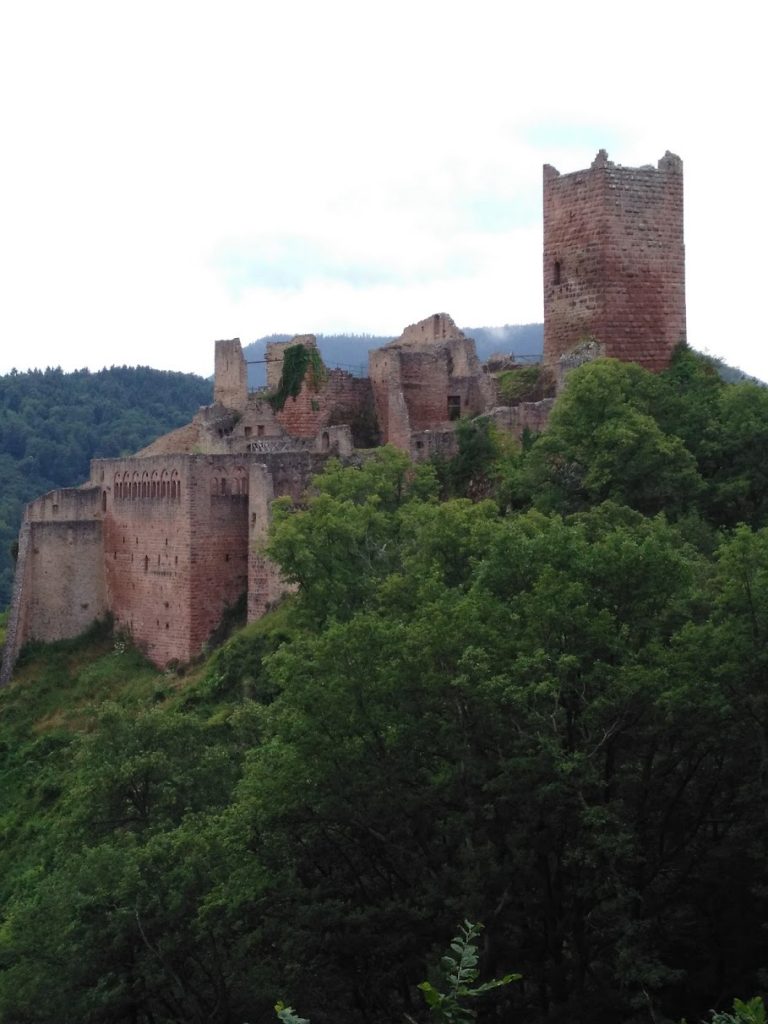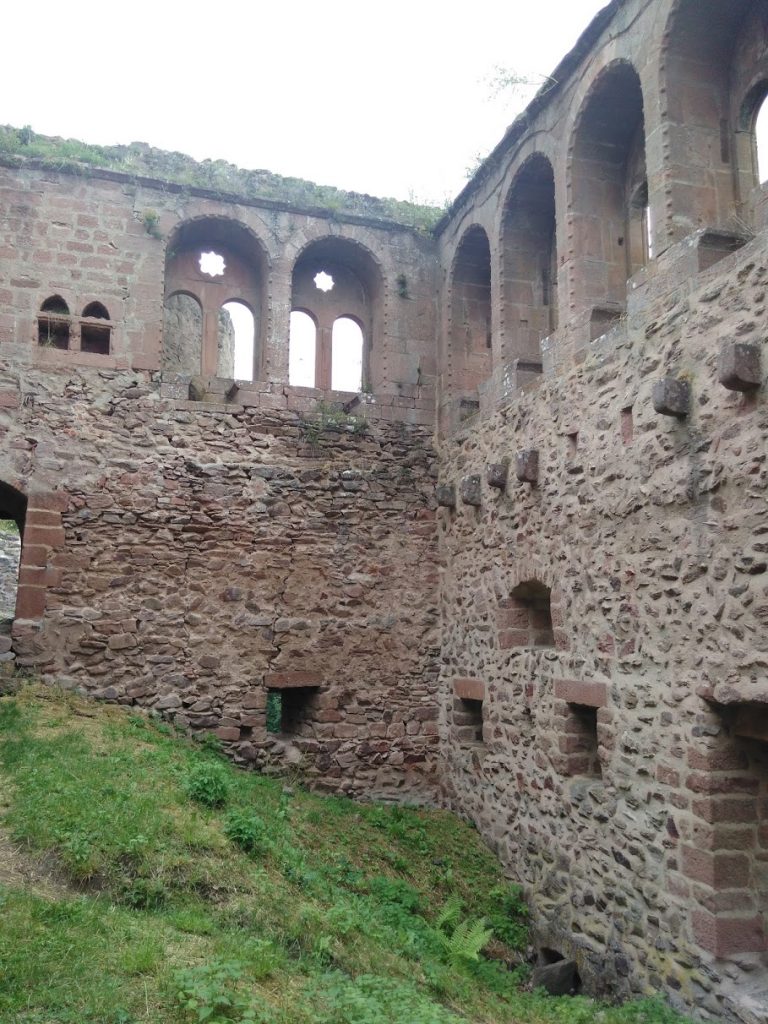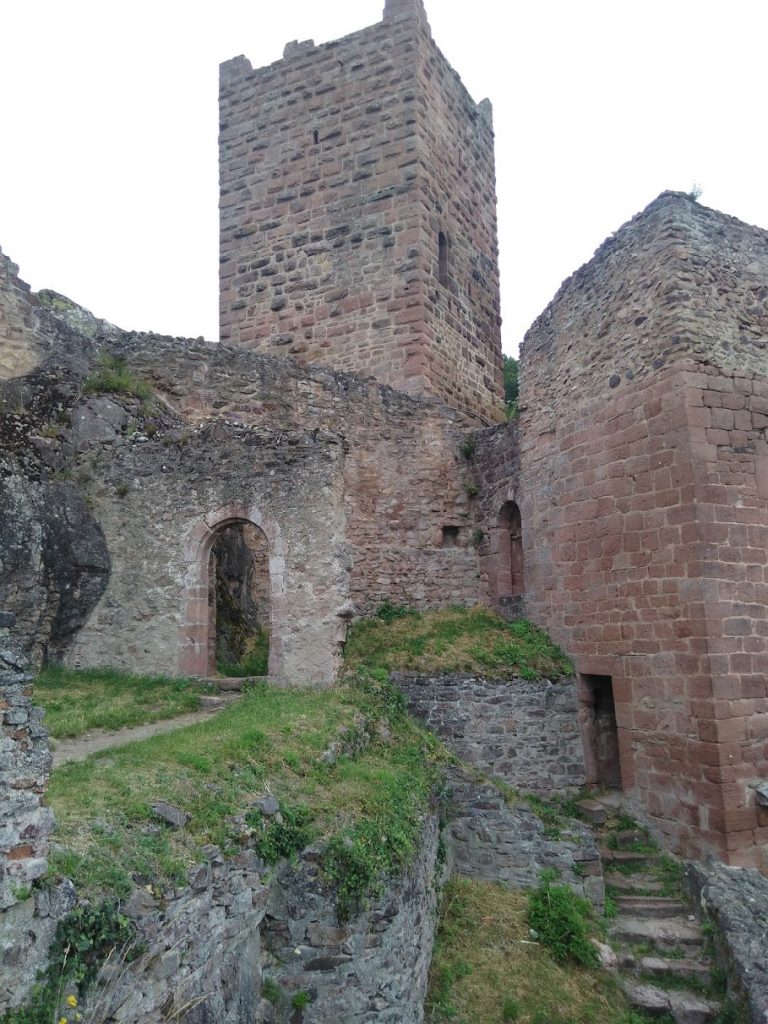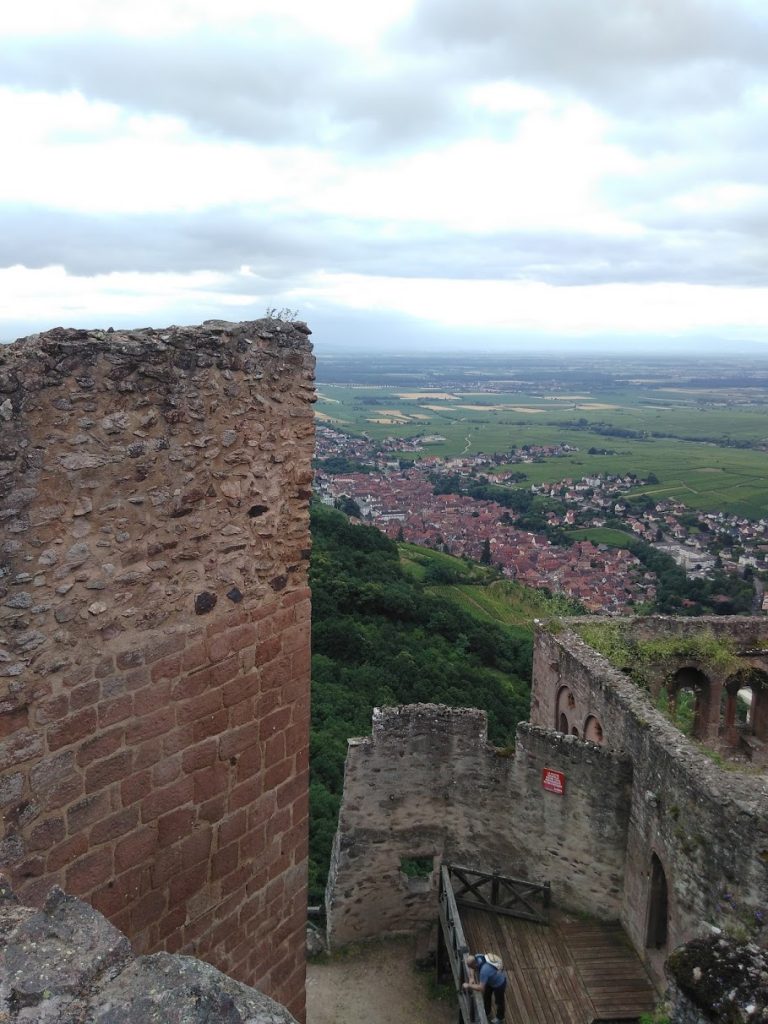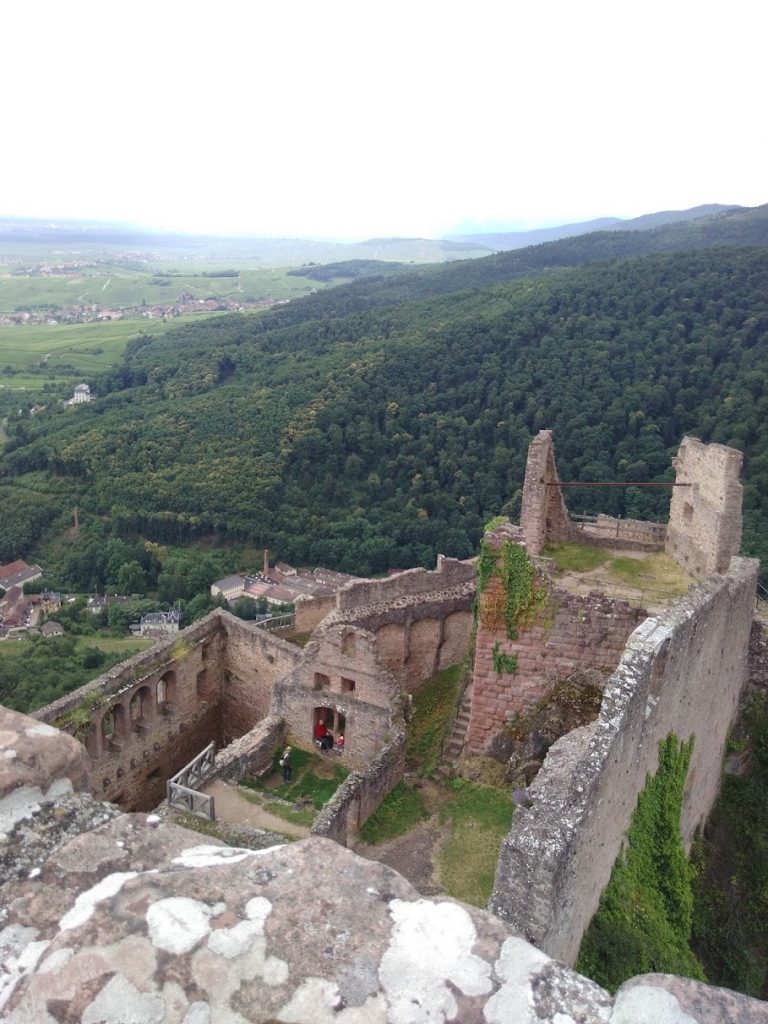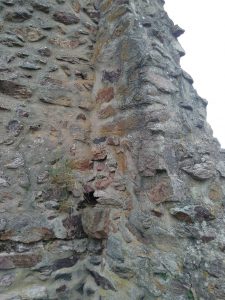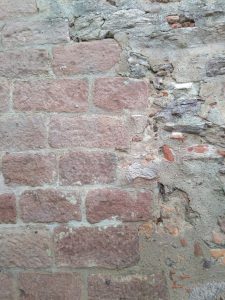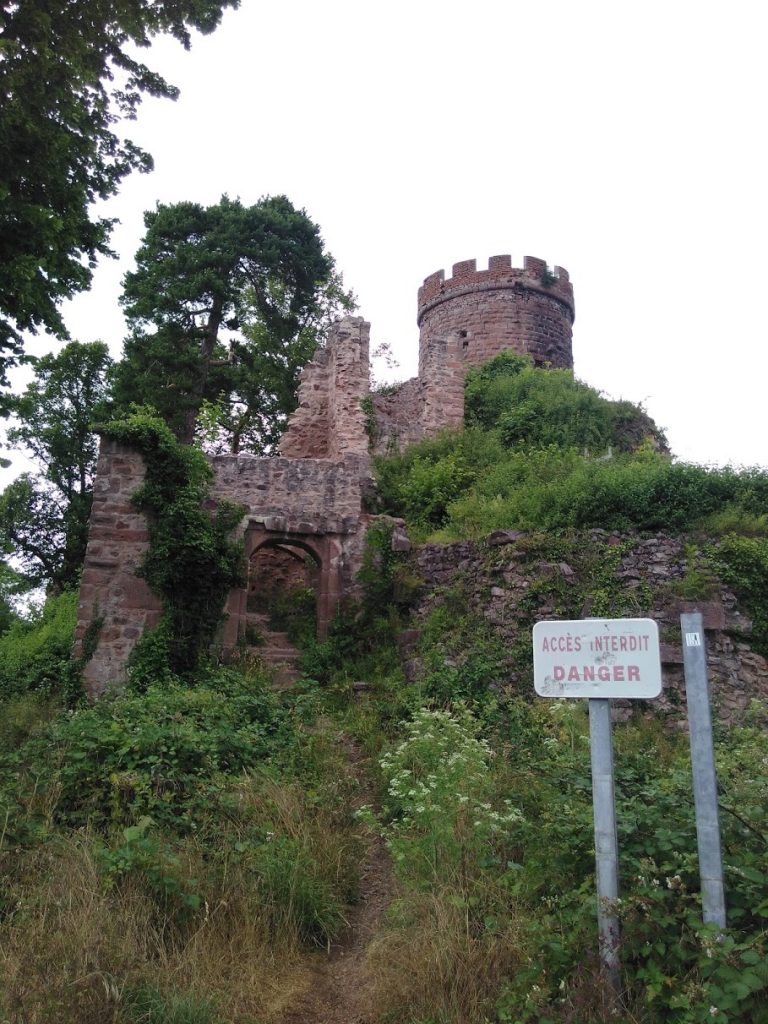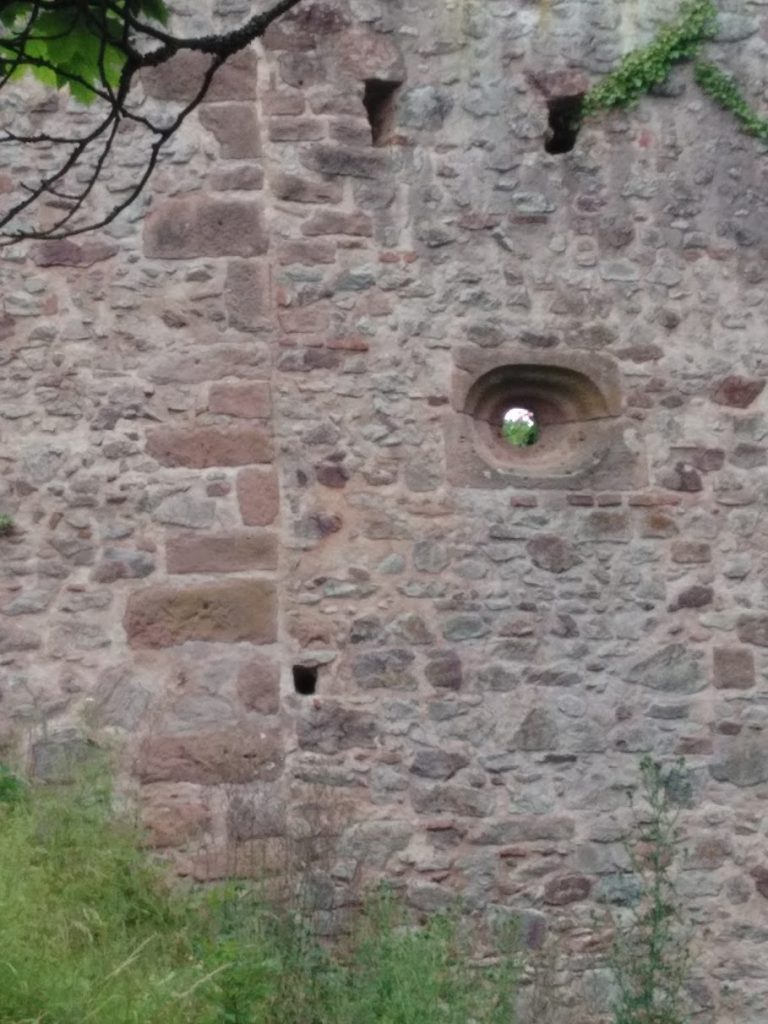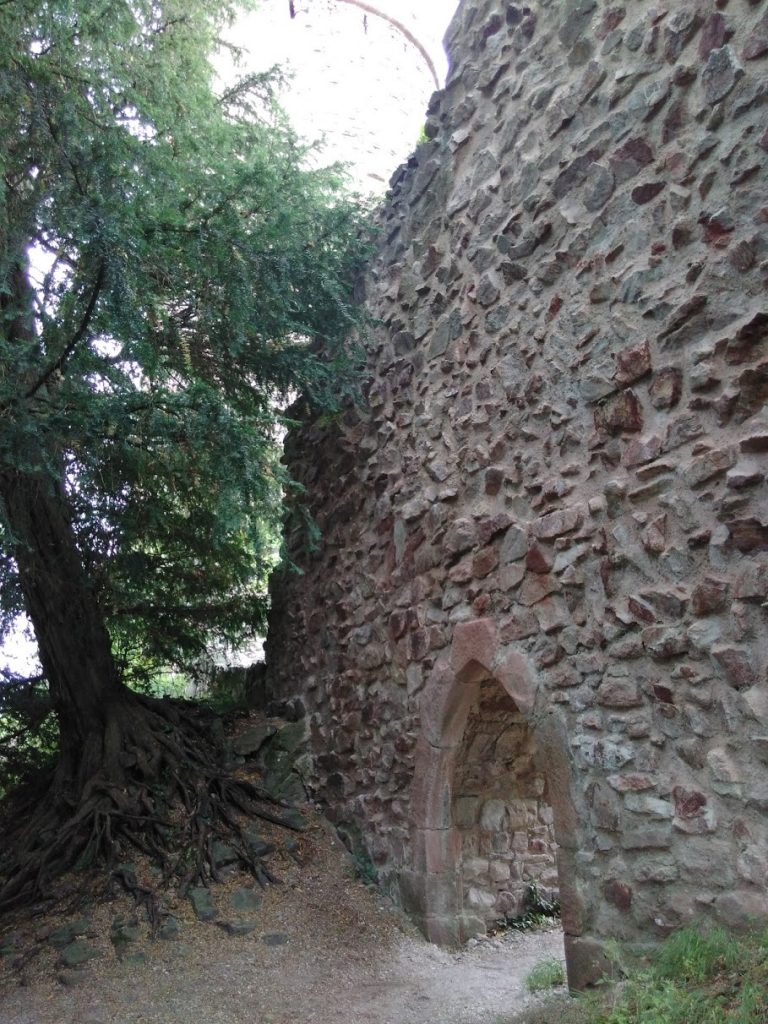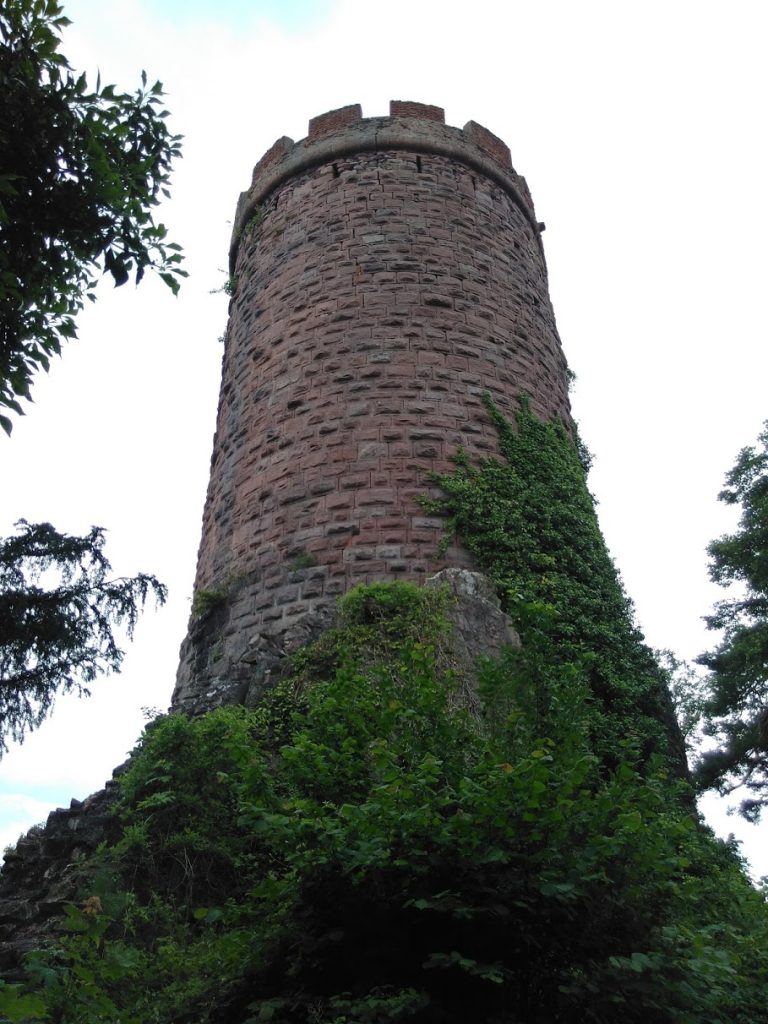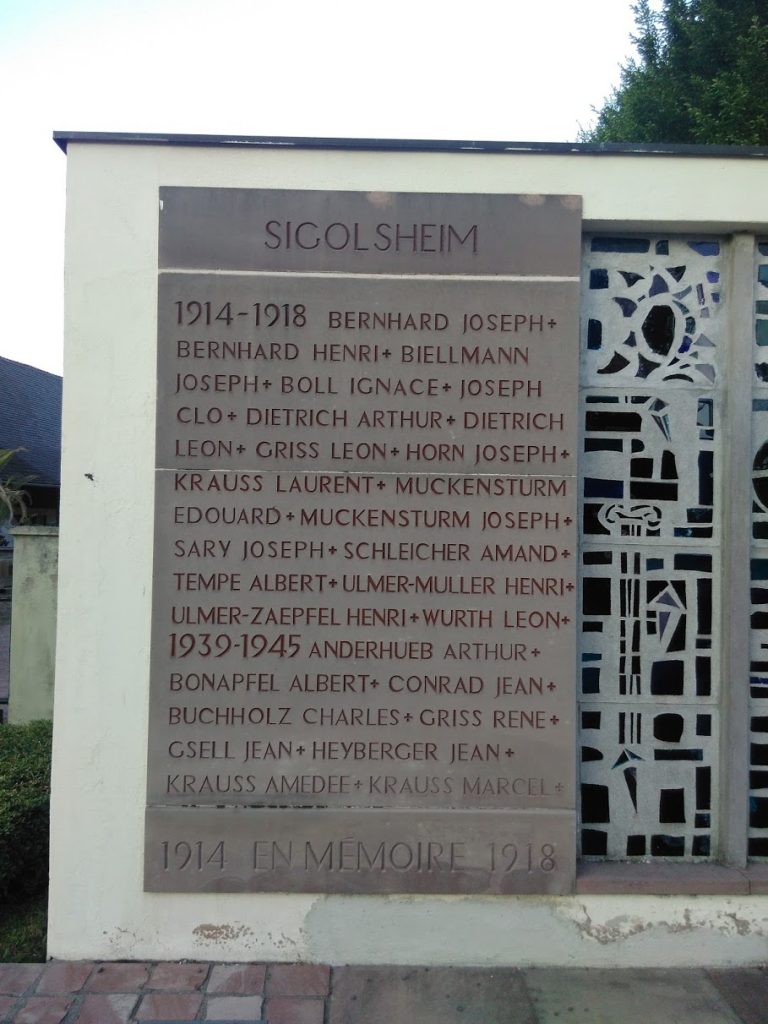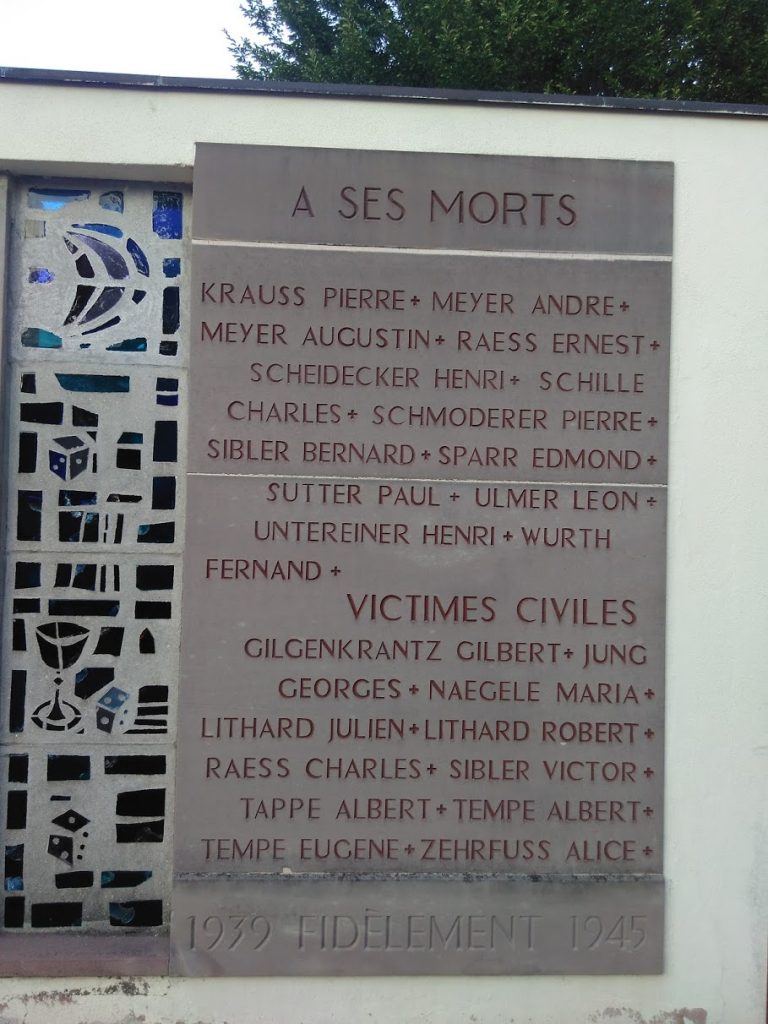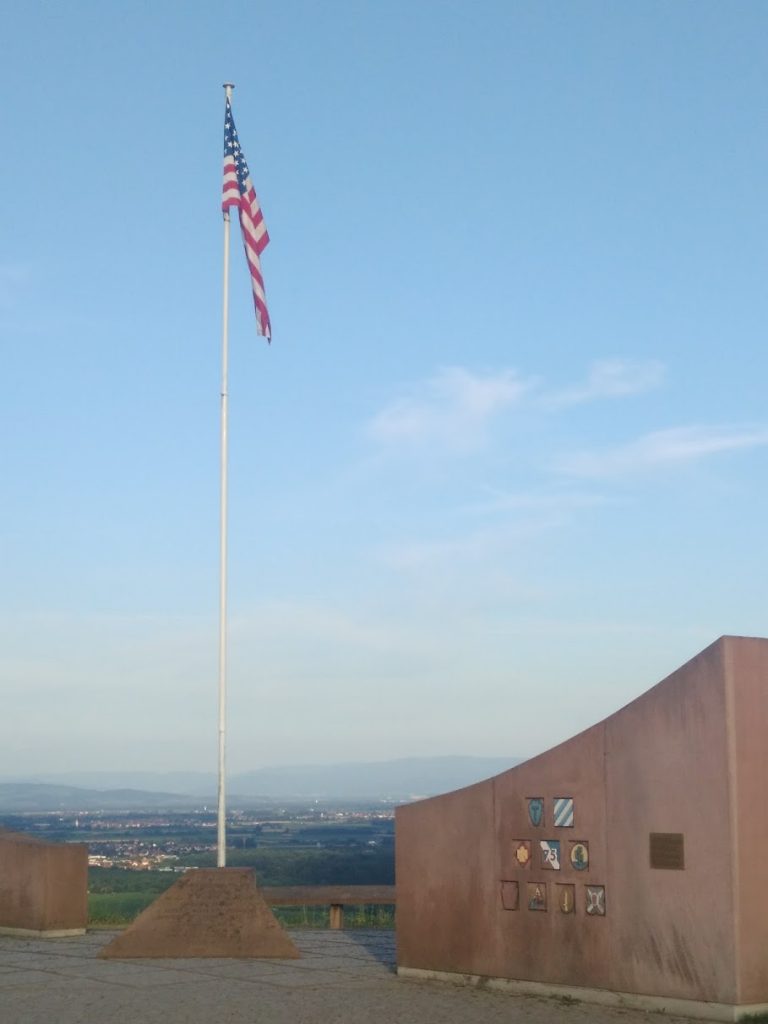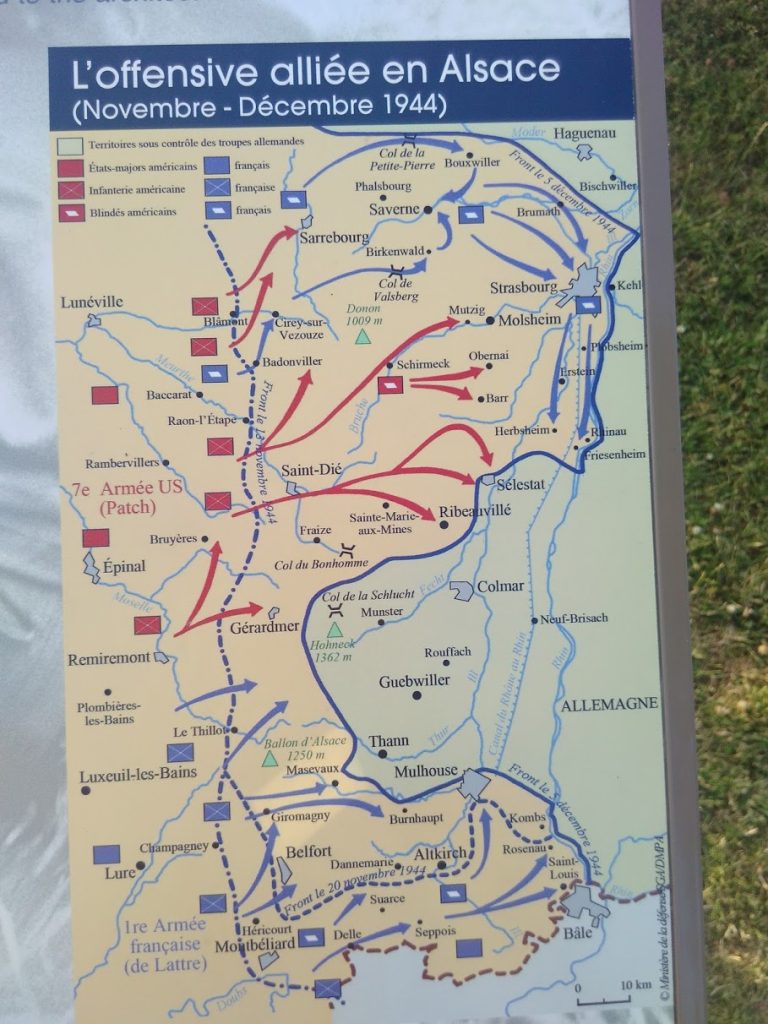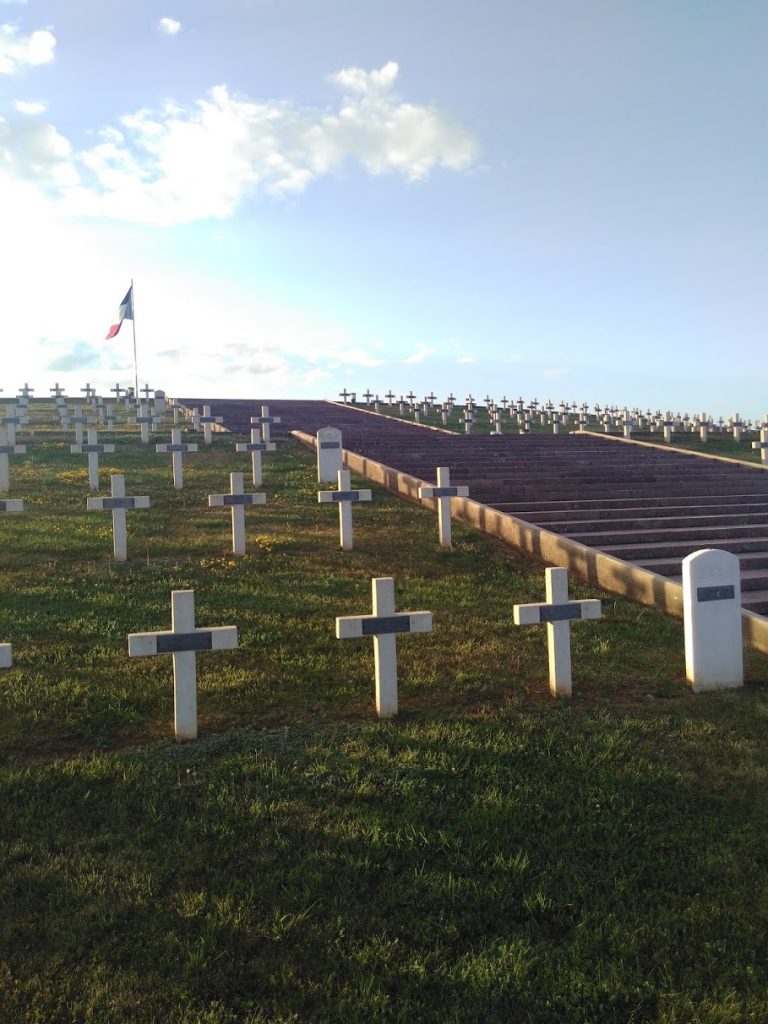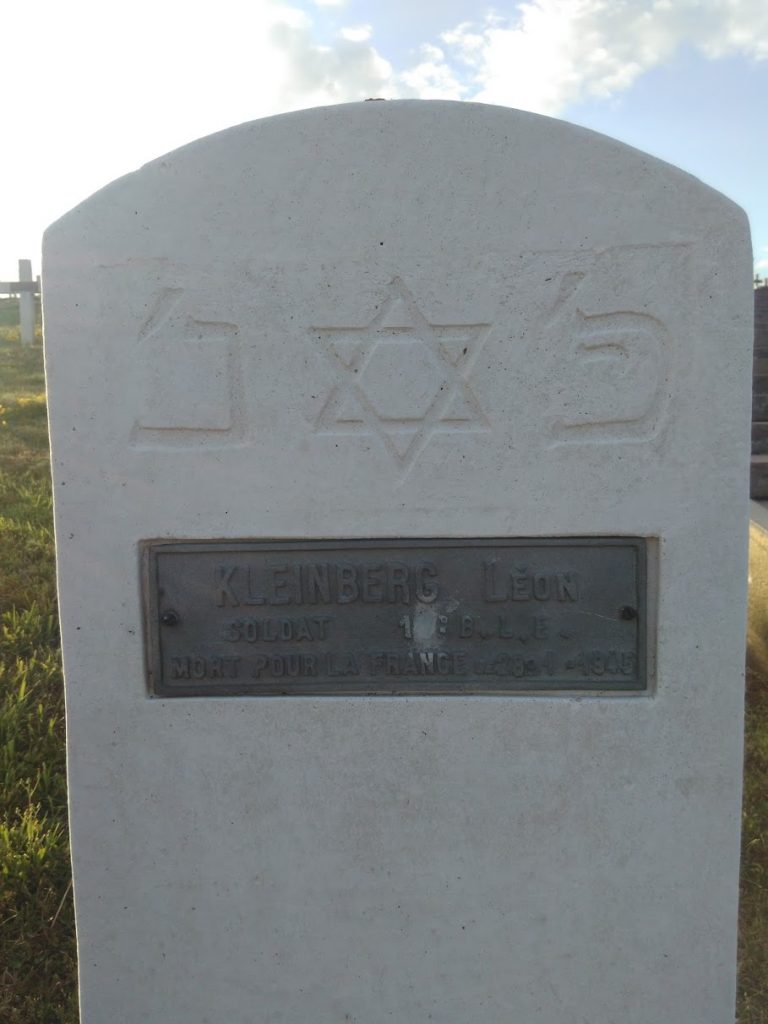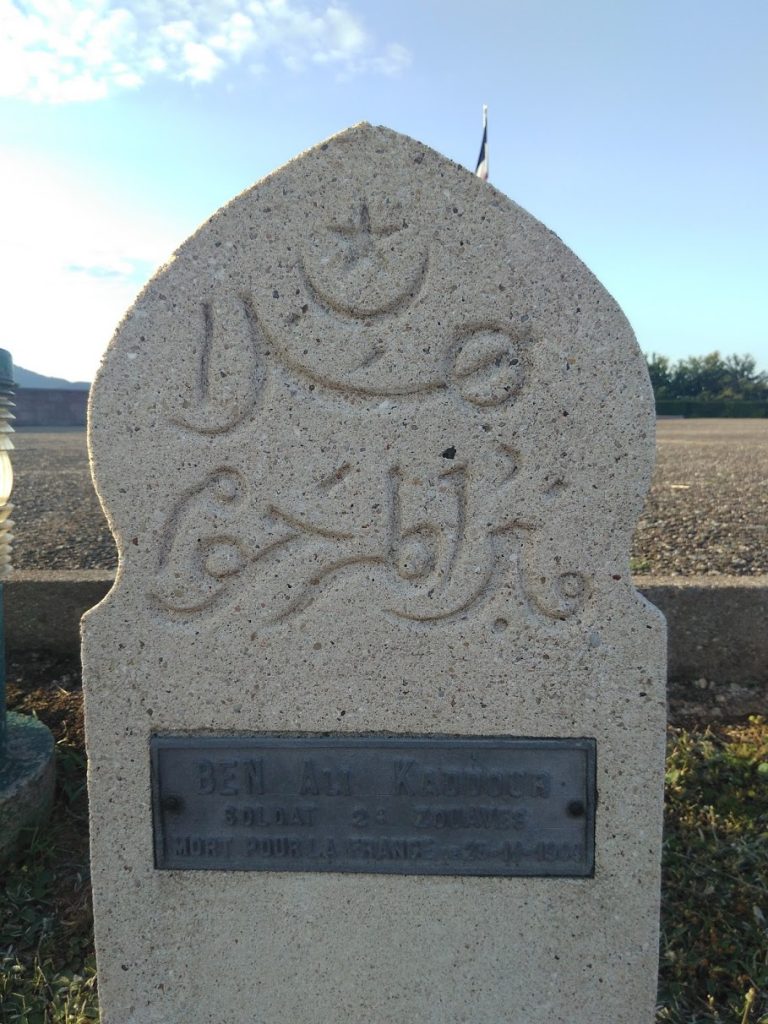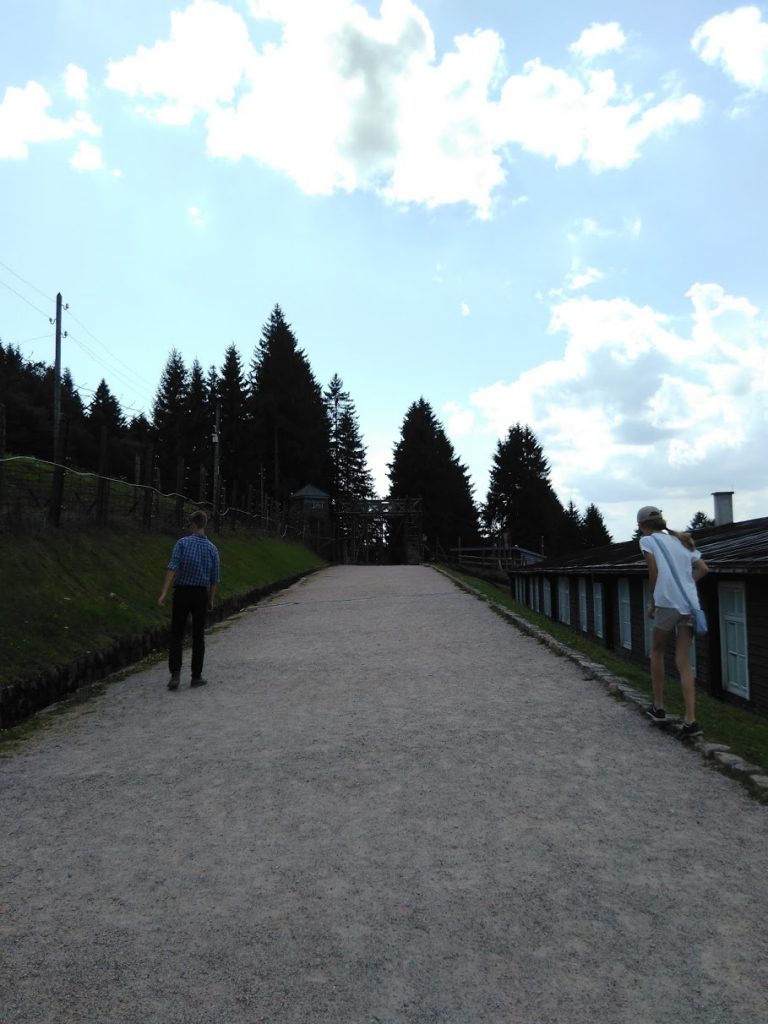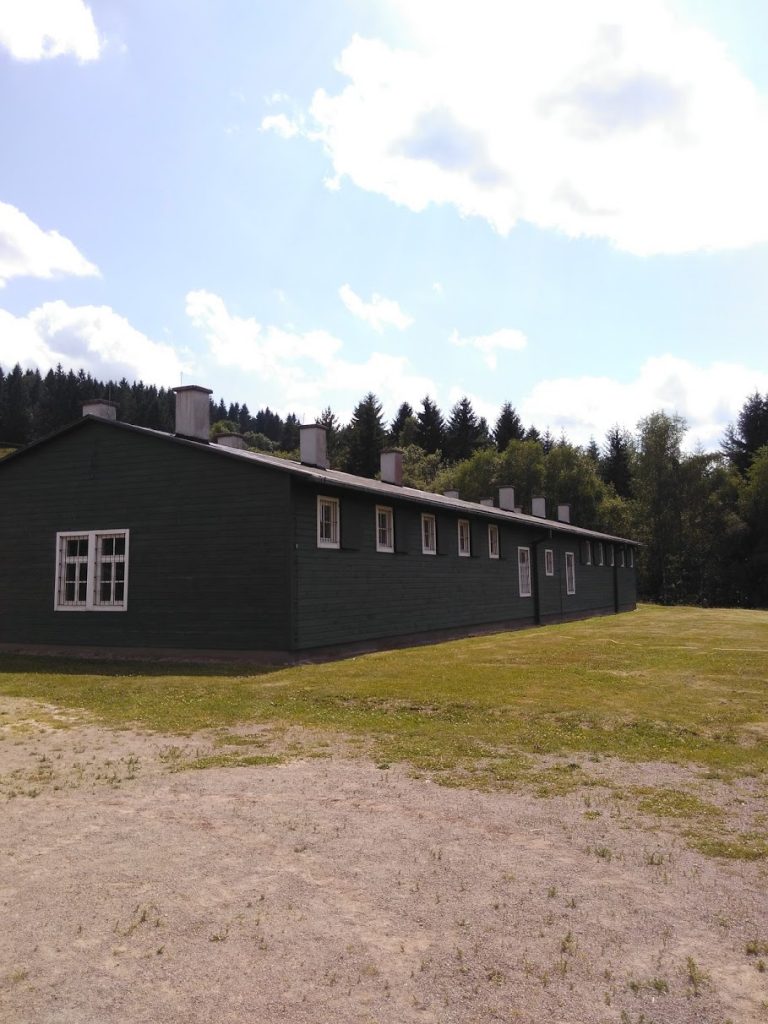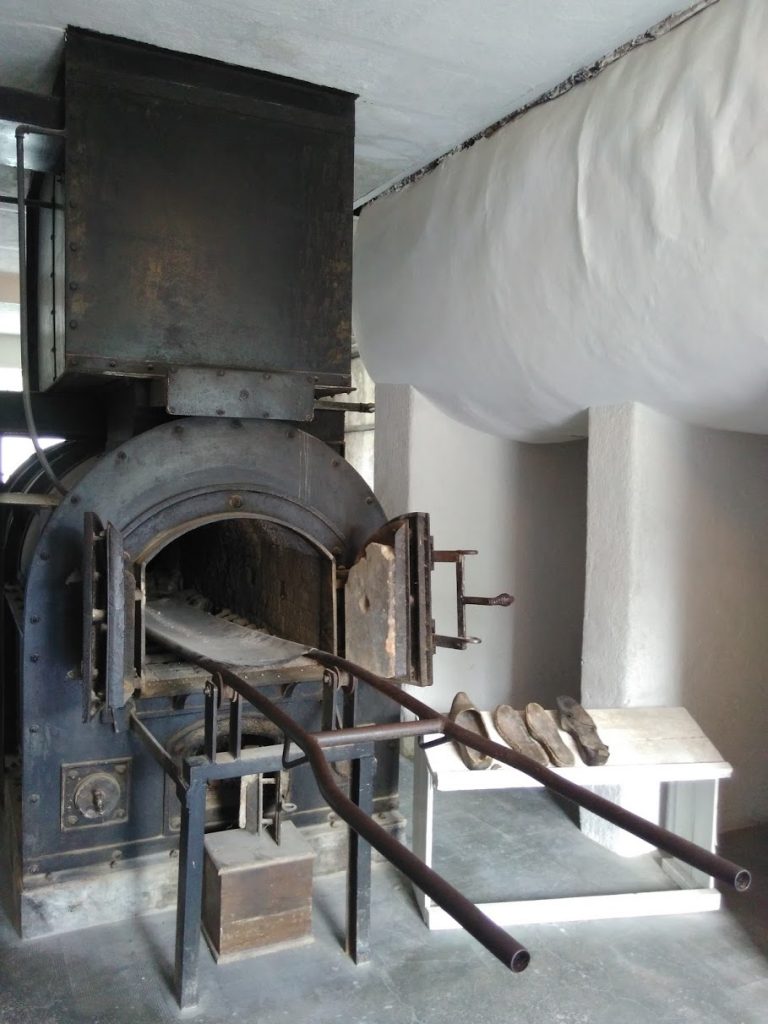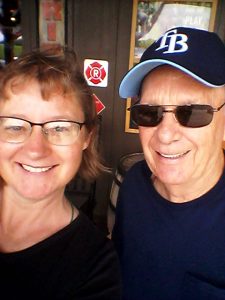After a busy week in metro-Paris with excellent WiFi but limited free time, we returned to connectivity-purgatory in Strasbourg. I started this post while I waited for the laundry to dry, because the local laundromat had way better internet access than our hotel did, but apparently we don’t generate enough dirty laundry to support my blogging habit. I’m now home and finishing up these comments, and then over the next few weeks I’ll do some more photo-blogging of the epic vacation.
Meanwhile, here are some quick notes on the types of places we’ve stayed, and what’s been good for kids, and how the logistics all worked out:
Location #1 – Rental house in a large village outside of Colmar. The house was beautiful but fragile. That was fine for our older kids, but with little ones look for something durable. There was a courtyard, but it contained a fish pond and a barn with farm machinery — lovely spot for grown-ups, not great very young people. The village was quiet and equipped with basics like a bakery and a playground, so for older kids who could roam at will, it was super.
Being out in the countryside was ideal for visiting around the region, because we didn’t have to fight in-town traffic getting in and out. If your goal is to see sights outside of a metro area, I think looking for a village location is the way to go.
Location #2 – Apartment in downtown Chamonix. I had no idea how much I would love Chamonix and the surrounding area! In addition to being stunningly beautiful (because: Alps), the people, mostly tourists and expats, are the most content visitors I’ve seen anywhere. Our little apartment was perfect for us, because it let us be right in the middle of everything, but again it would have been rough with small children. If you need space for your kids to run around, get a house at the edge of town or in one of the many villages up and down the valley. However, parking in Chamonix is tight, so if you mostly want to be in the town itself, stay in town.
Note that the underground parking garage that came with our apartment, typical, is not suited to anything larger than a modest sedan. If you are traveling with a larger vehicle, discuss the parking situation with your landlord or hotel-owner before you make reservations.
Location #3 – Bed and breakfast at the edge of the suburban train lines outside of Paris. I have mixed opinions about my decision to not stay in the city when visiting the city. What I loved: The restful, friendly, calm, beautiful location in the countryside. Our hosts had games for kids to play in the small-but-beautiful garden, there was room to stretch out, and overall I think for our kids it was the better choice. However, I did not anticipate how hard it would be to get the kids up and out in the morning to catch a train, we ran into various logistical challenges, and commuting does reduce the amount of time you have in the city. On the other hand, passing through the burbs and being on a commuter line is a cultural education in itself, and one I’m glad we had.
It was definitely less stressful for me to never have to drive in Paris, and to be able to pick my preferred train station along the RER line. I’d say that an apartment in the city would work better if either:
- Your kids are calm and quiet and do well hanging out in a small indoor space together.
- You have enough adults to take the crazy youngsters out as-needed.
Look for a place near a playground and bakery if you’re going to stay in town with kids.
A couple notes about Paris:
1. I’d forgotten how BIG the city is. Getting from sight to sight, or realizing you need to go find lunch, or a toilet, takes a ton of time. If visiting many sights is your big priority, stay in town and allow a lot of time in town.
2. The big museums were absolutely packed with people Security lines were long, so coming and going was not an option. The Louvre and Musee d’Orsay were both well worth the hassle (for us), but we skipped lower-priority attractions because a person can only stand in so many lines. Lesser known sites were not a problem at all.
Location #4 – Hotel in downtown Strasbourg. We booked the “family” room at a small hotel (not a chain) near the train station. It had two twins pushed together to make a king-sized bed on the floor, and then a set of bunk beds. This is a bit of a cultural difference, I think: American hotels will overlook the part where your family crams itself into a single hotel room with a pile of sleeping bags for the kids; European hotels expect you to match the official sleeping capacity, but they offer extra beds so you can do that.
Strasbourg was the right sized city for us. I could set the boy (age 17) free to wander at will without concerns about him getting lost — if you hit a canal, you’re leaving downtown, very simple system. The downtown area is mostly pedestrian-only, and contains all the tourist things (stores, restaurants, markets, museums, old beautiful buildings) within a walkable distance.
Our location near the train station was handy for departure day, because I could turn in the car the evening before, and then we could just walk our mountain of luggage down the block. It was, however, not a quiet location at night. Given that the A/C system is called “Open Your Windows and Turn on a Fan,” let’s just say that we know an awful lot about what happens at night in a bustling European metropolis.
The big downside to a hotel, though, is that there is zero cooking to be done. Unlike American hotels, where a coffee maker is standard in every room and a mini-fridge is very easy to come by, there is nothing, whatsoever, in terms of provision for eating in your room. Breakfast is simple enough to put together (see “French bakery”), but lunch and dinner got expensive, even with trying to favor places that weren’t that expensive.
It was, however, much simpler to check out of the hotel on departure day than to clean and vacate an apartment.
If I had to do it again, I’d get an apartment for most of the Strasbourg leg (or whereever), and just book a hotel room next to the train station or airport for departure day.
City vs. Countryside Touring
I was confirmed in my decision to separate the countryside and city legs of the Alsace trip, because yes, driving in a European city, even a small one, is not fun. It’s complicated and time-intensive and depends on a knowledge of the city that you as a visitor just aren’t going to possess. If you want to get out into the rural areas, though, you do need a vehicle. If you’re doing something like staying in Paris and you just want to make a one day trip to Versailles, no problem — transit is set up to accommodate that. But otherwise, know that you need a car out of the city, do not want a car in the city, and you don’t just hop in the car and zip off.
There are, however, a load of options for renting vehicles. So if you booked an in-city vacation and find yourself getting restless, ask around for ideas on how to escape for a bit.
